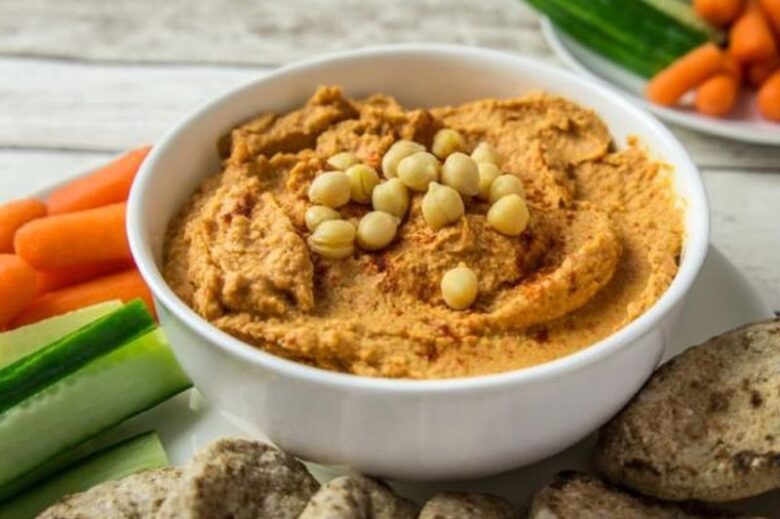Hummus, the staple dip in many cuisines, has been growing in popularity in recent years. The chickpea-based dip is naturally gluten-free, and thus, it’s considered as a healthy snack. However, is this creamy dip actually healthy for you? If you’re one of the millions of hummus-loving people out there, you need to read this.
What is Hummus Made of?
The traditional hummus is a nutrient-packed food as it’s made of a blend of chickpeas, sesame paste, olive oil, lemon juice and spices. It is one of the most nutrient-dense dips as it abounds in minerals and vitamins, such as magnesium, folate, and calcium.
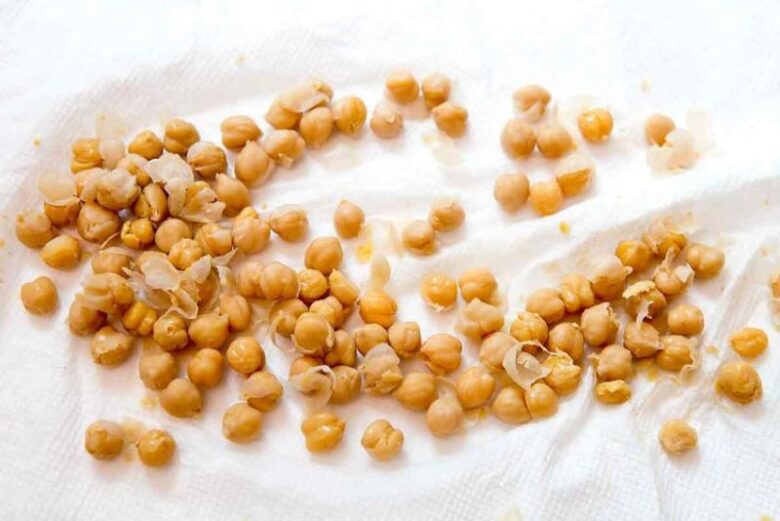
The mix of these ingredients is also rich in protein, healthy fat, and fiber. So, hummus is excellent for maintaining a healthy weight and keeping the blood sugar in check. What’s more, hummus is great for keeping heart diseases at bay.
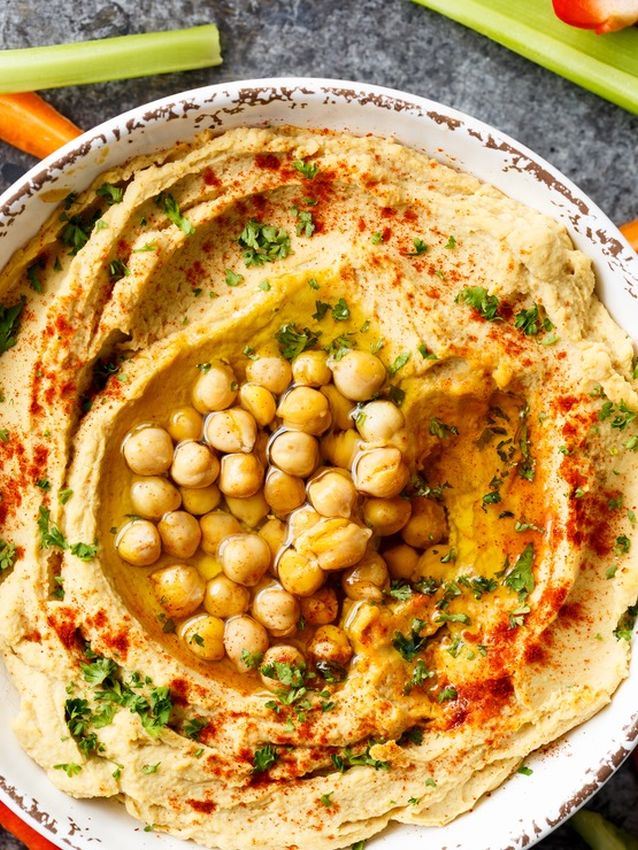
However, this doesn’t mean that hummus alone will provide all the necessary nutrients you need on a daily basis. In fact, a two-tablespoon of hummus contains two grams of protein and one gram of fiber, while the recommended dose is about 50 grams of protein a day.
The Healthiest Way to Eat Hummus
Even though this creamy dip is packed with nutrients, this doesn’t mean that you should eat a whole tub in a sitting. Due to the oil and tahini content, hummus is high in calories. So, it’s crucial to pay attention to the serving sizes. Besides consuming too much from the dip, there are other instances when hummus stops being a healthy snack.

What you consume with hummus is also important. So, if you eat crackers, pita bread, or chips with hummus, it instantly stops being a healthy snack. Instead, the healthiest way to eat hummus is by pairing it with raw crunchy vegetables. Some of the best raw crunchy vegetables you can dip in the chickpea-based dip are carrots, bell peppers, celery, and broccoli. Moreover, you can use hummus as a salad dressing or put it atop of fish, falafel or chicken. However, if you cannot consume hummus without bread, make sure you buy a whole grain pita.
The Healthiest Kind of Hummus to Buy
The most important thing when buying hummus is to check the nutrition label for sodium. Always get a brand of hummus which has about 80 mg of sodium or less per two-tablespoon serving. Moreover, check whether the brand contains the same ingredients as the traditional recipe does, including tahini, garlic, chickpeas, olive oil, and spices. Make sure you avoid brands which have sugar, other types of oils, and preservatives in them.
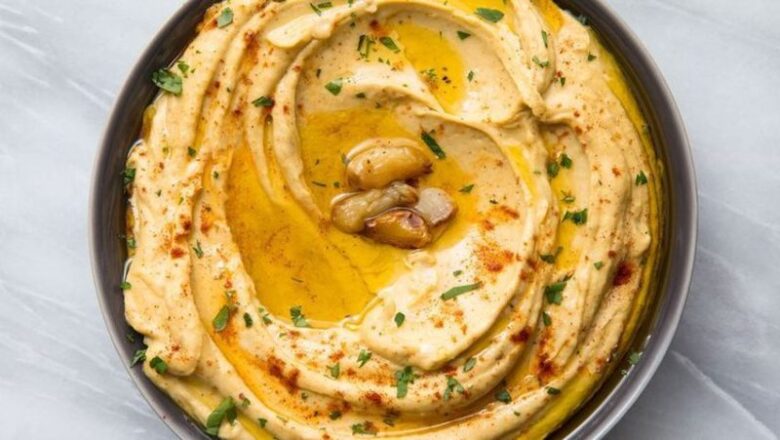
Nevertheless, it’s best if you prepare your own hummus than getting a store-bought one. You can either use canned or dry chickpeas. If you opt for canned chickpeas, make sure to get one with a low sodium level. However, if you prefer dry chickpeas, it’s essential to soak and took them before making hummus. For homemade hummus, you will also need a mini food processor which will help you purée your pulses. Don’t be afraid to experiment and add other pulses, such as peas, lentils, beans, or beets.
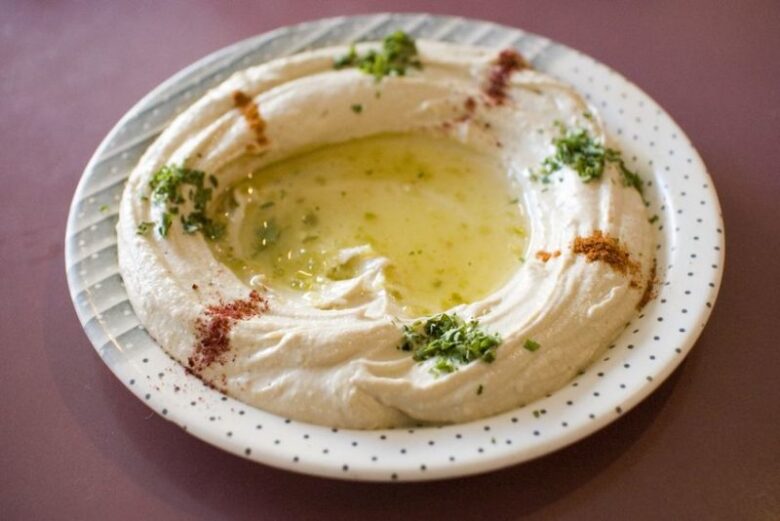
DIY Low-Calorie Healthy Hummus Recipe
Ingredients
• 1 tin or 240g dry chickpeas
• 20g tahini
• 1/2 cup (105g) low fat natural/plain yoghurt
• 2 crushed garlic cloves (optional)
• 2 tbsp of lemon juice
• 1/2 tsp salt (essential)
• spices, such as 1 tsp paprika, 1 tbsp olive oil, and 1 roasted red pepper are optional
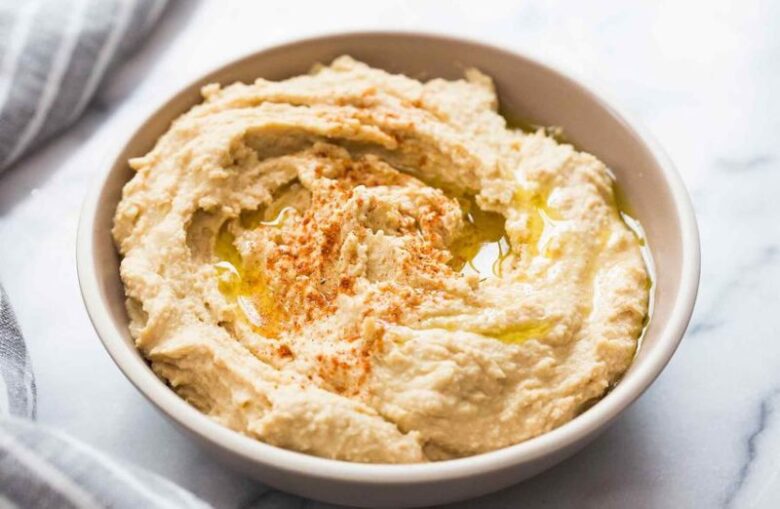
Preparation
Add all of the ingredients into a food processor or blender and blend well. If you prefer smoother hummus, add 1-2 tbsp of the chickpea water. Serve with raw crunchy vegetables.


